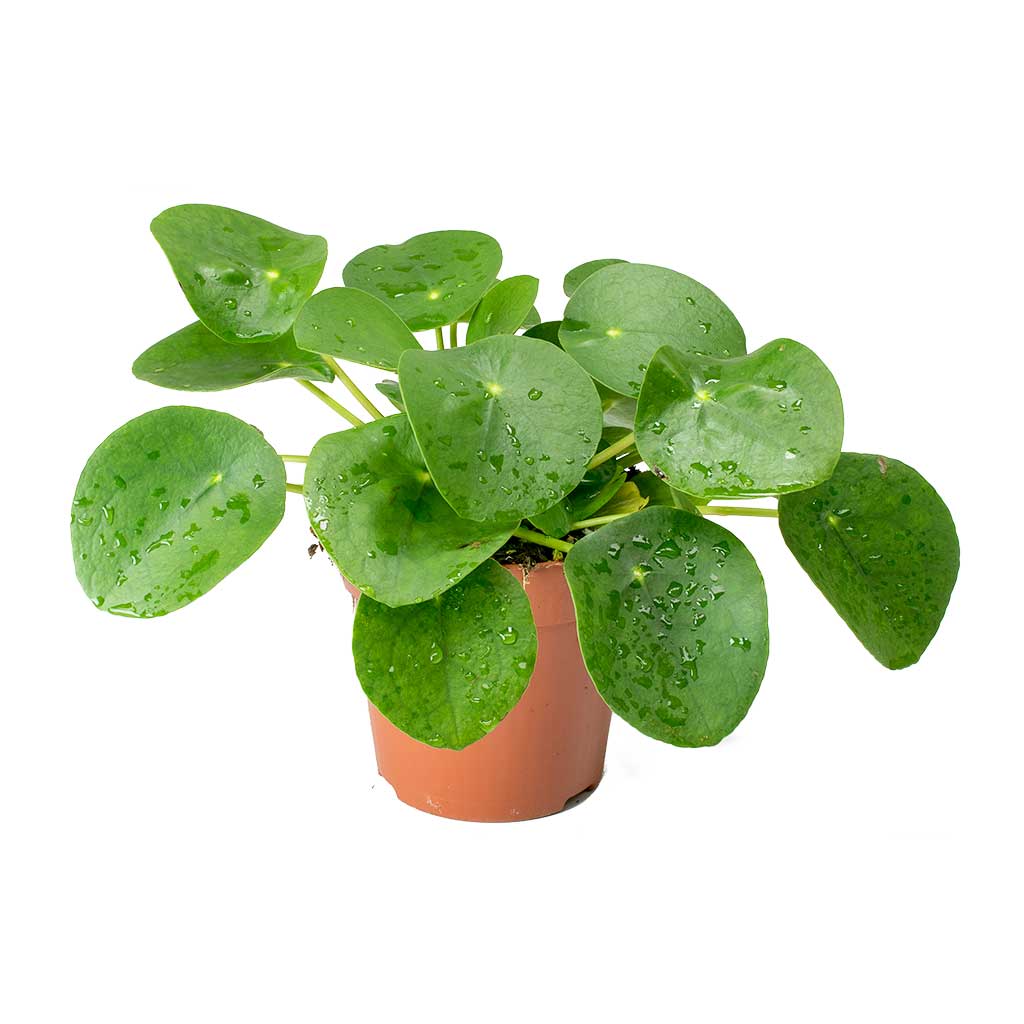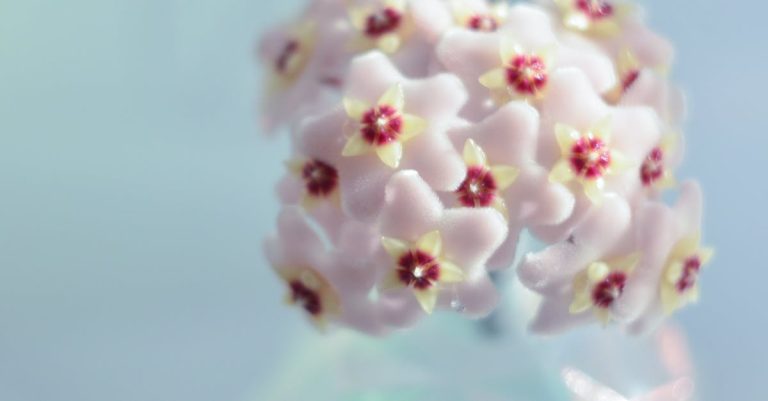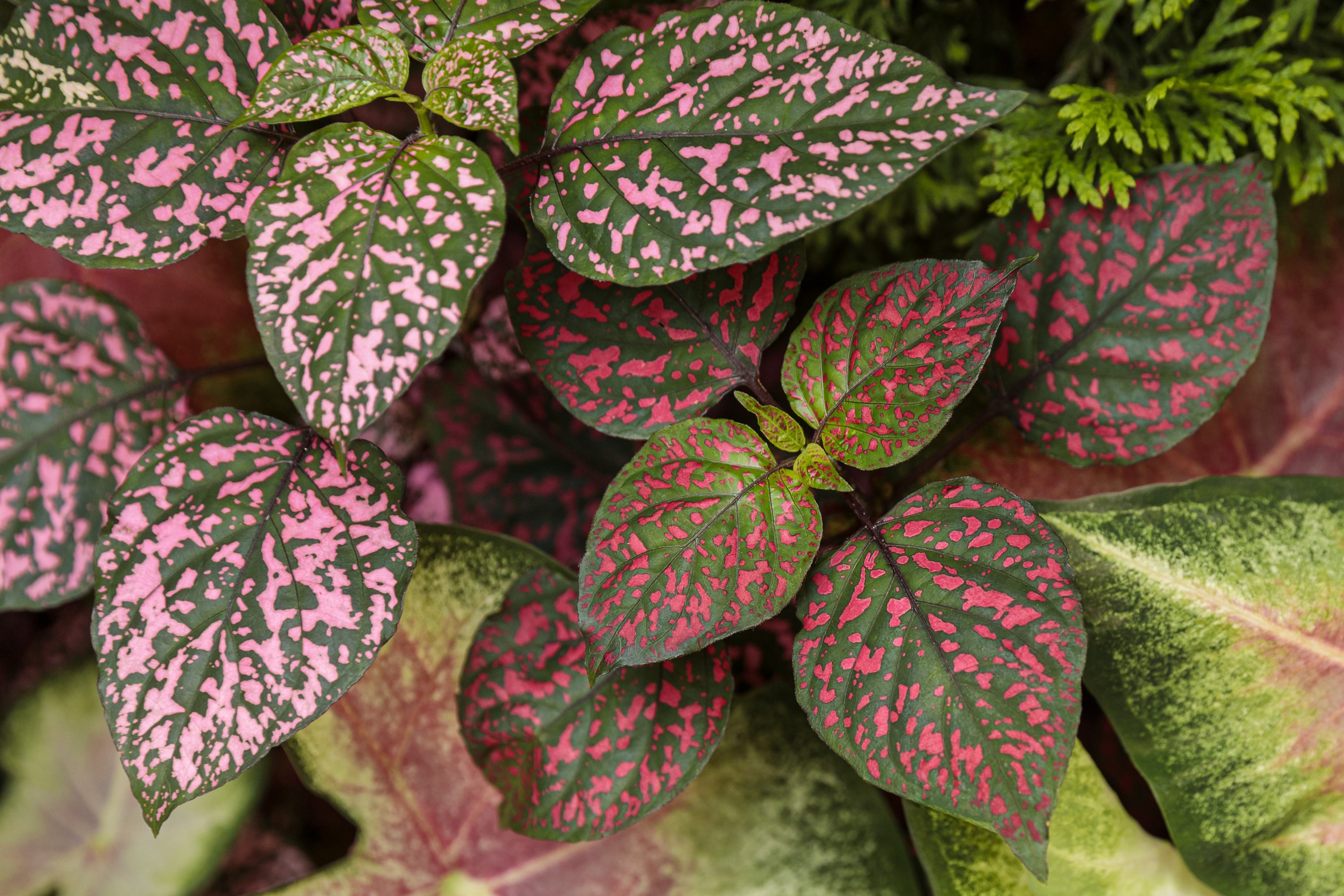How To Care For Ferns (Filicophyta)
Did you know that ferns, also known as Filicophyta, are ancient plants that have been around for over 360 million years? These diverse plants can be found in a variety of habitats, from tropical rainforests to temperate woodlands. Despite their long history, ferns are still popular today for their beauty and unique characteristics.
In order to care for ferns properly, it is important to understand their specific needs. One key aspect of fern care is providing the right amount of water. While ferns do require consistent moisture, they do not like to sit in waterlogged soil. It is important to water ferns regularly, but also ensure that they have good drainage to prevent root rot.
Another important factor in caring for ferns is providing the right amount of light. Most ferns prefer indirect or filtered light, as direct sunlight can scorch their delicate fronds. Placing ferns in a location with bright, indirect light will help them thrive and maintain their vibrant green color.
One interesting statistic about ferns is that there are over 10,000 different species worldwide, ranging in size from tiny epiphytes to large tree ferns. This diversity means that there is a fern for almost any growing condition, from moist, shady gardens to dry, sunny landscapes. By understanding the unique needs of each species, gardeners can successfully cultivate a wide variety of ferns in their own homes or gardens.
How to Care for Ferns (Filicophyta): A Detailed Guide
Ferns, members of the Filicophyta division, are ancient plants known for their lush, feathery fronds and their ability to thrive in low-light conditions. They make excellent houseplants and can add a touch of green to shady garden areas. Here’s a comprehensive guide to help you care for your ferns and keep them thriving.
1. Light Requirements
Ferns generally prefer indirect light or partial shade. Too much direct sunlight can scorch their delicate fronds, while too little light can hinder their growth. Indoors, place ferns near north or east-facing windows where they receive filtered light. Outdoors, plant ferns in a shaded or partially shaded area.

2. Watering
Ferns prefer consistently moist soil, but not waterlogged conditions. Water your fern when the top inch of soil feels dry. Ensure that the pot or planting area has good drainage to prevent standing water. During the growing season (spring and summer), you may need to water more frequently. Reduce watering in the fall and winter when the plant’s growth slows. Using room temperature water helps avoid shocking the plant.
3. Humidity
Ferns thrive in high humidity environments, ideally between 50-80%. If your home is dry, especially during winter, increase humidity by using a humidifier, placing the plant on a tray filled with water and pebbles, or regularly misting the fronds. Keeping ferns in naturally humid areas such as bathrooms can also be beneficial.
4. Temperature
Ferns prefer moderate temperatures between 60-75°F (16-24°C). They are sensitive to temperature fluctuations, cold drafts, and direct exposure to heating or cooling vents. Keep your ferns away from windows or doors that may have cool drafts and from heating or air conditioning vents.
5. Soil and Potting
Ferns require well-draining, loamy soil that retains moisture. A good mix for potted ferns is one part peat moss, one part perlite, and one part potting soil. Repotting should be done every 1-2 years or when the plant becomes root-bound, ideally in the spring. Choose a pot that is one size larger than the current one to give the roots room to grow.
6. Fertilizing
Feed your fern every 4-6 weeks during the growing season with a balanced, water-soluble fertilizer diluted to half strength. Avoid fertilizing in the fall and winter months when the plant’s growth slows. Over-fertilizing can lead to a buildup of salts in the soil, which can harm the plant.
7. Pruning
Regular pruning helps maintain the plant’s shape and encourages healthier growth. Use clean, sharp scissors or pruning shears to remove any yellow, brown, or damaged fronds. Pruning also helps improve air circulation around the plant, reducing the risk of fungal diseases.
8. Propagation
Ferns can be propagated through division or spores. The easiest method for home gardeners is division. When repotting or planting, carefully separate a clump of the fern’s roots and fronds, ensuring each division has a healthy root system and several fronds. Plant the divisions in separate pots with fresh, well-draining soil.

9. Pest and Disease Management
Ferns can be susceptible to pests like spider mites, aphids, and mealybugs. Regularly inspect the plant for signs of pests, such as webbing, sticky residue, or visible insects. Treat infestations with insecticidal soap, neem oil, or by wiping the fronds with a damp cloth. Proper watering and good air circulation help prevent fungal and bacterial diseases.
10. Leaf Care
Fern fronds can collect dust, which can interfere with photosynthesis. Clean the fronds gently with a damp cloth or by giving the plant a gentle shower with lukewarm water. Avoid using leaf shine products, as they can clog the pores on the fronds.
https://youtube.com/watch?v=cFcVzS6rRm8
Conclusion
Ferns, with their lush and elegant fronds, can be a beautiful addition to your indoor or outdoor garden. By providing the right light, moisture, and environment, you can enjoy the beauty and growth of this plant for years. Regular maintenance, including proper watering, fertilizing, and pruning, will ensure your fern remains healthy and vibrant. Whether you are a seasoned gardener or a beginner, ferns offer a rewarding and visually captivating plant care experience.






